In the unfortunate event of a car accident, filing an auto insurance claim can be a daunting task. However, with the right knowledge and preparation, you can navigate the process seamlessly and ensure a fair settlement. This comprehensive guide will provide you with essential tips and insights to help you fill out an auto insurance claim accurately and efficiently.
From understanding the different types of auto insurance claims to gathering the necessary documentation, we’ll cover every step involved in the process. We’ll also delve into the intricacies of negotiating a settlement, assessing vehicle damage, and handling total loss claims.
By the end of this guide, you’ll be equipped with the confidence and knowledge to navigate the auto insurance claims process with ease.
Understanding Auto Insurance Claims
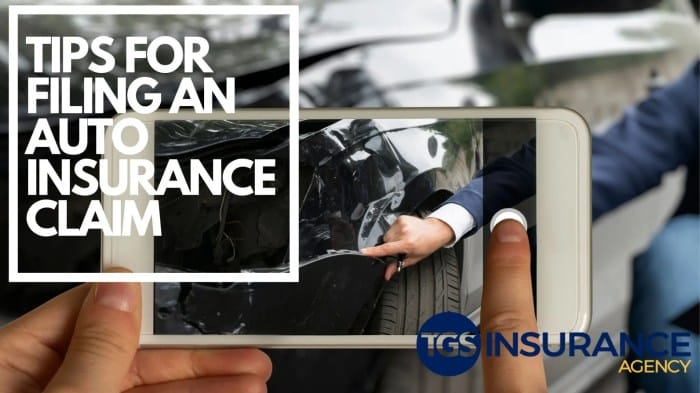
Auto insurance claims are an essential part of the insurance process, providing financial protection to policyholders in the event of an accident or loss. These claims can vary in nature and complexity, but they all share the common goal of helping policyholders recover from covered losses.
There are three main types of auto insurance claims:
Collision Claims
Collision claims are filed when a policyholder’s vehicle is damaged in a collision with another vehicle, object, or structure. This type of claim typically covers repairs or replacement of the policyholder’s vehicle, as well as any injuries or property damage caused to others involved in the accident.
Comprehensive Claims
Comprehensive claims are filed when a policyholder’s vehicle is damaged or stolen due to an event other than a collision. This type of claim can cover a wide range of scenarios, including theft, vandalism, fire, hail, and flood damage.
Liability Claims
Liability claims are filed when a policyholder is found legally responsible for causing damage or injury to another person or their property. This type of claim can cover the cost of repairs or replacement of the damaged property, as well as any medical expenses or lost wages incurred by the injured party.
Common scenarios that may lead to auto insurance claims include:
- Car accidents
- Theft
- Vandalism
- Fire
- Hail
- Flood
Contacting Your Insurance Company
Filing an auto insurance claim can be a daunting task, but by contacting your insurance company promptly, you can initiate the process and get the assistance you need. There are several methods available for you to reach your insurance company to file a claim:
Phone
Calling your insurance company directly is a straightforward and often the quickest way to file a claim. You can speak to a customer service representative who will guide you through the process, answer your questions, and provide you with the necessary forms and instructions.
Online
Many insurance companies offer an online claims portal where you can file a claim from the comfort of your own home. This option is convenient and allows you to submit your claim at any time of day or night. However, it may not be suitable if you need immediate assistance or if you have complex damages to report.
Mobile App
If your insurance company has a mobile app, you can use it to file a claim on the go. This can be particularly useful if you are involved in an accident and need to report the claim right away.
Choosing the Most Appropriate Method
The best method for contacting your insurance company depends on the urgency of the situation and your personal preferences. If you have been involved in a serious accident and need immediate assistance, calling your insurance company directly is the best option.
If you have minor damages and prefer the convenience of filing a claim online or through the mobile app, these options may be more suitable for you.
Information Needed
When you contact your insurance company to file a claim, be prepared to provide the following information:
- Your policy number
- Your name, address, and phone number
- The date, time, and location of the accident
- The names and contact information of the other drivers involved
- The make, model, and year of your vehicle
- The extent of the damages to your vehicle
- Any injuries sustained by you or other passengers in your vehicle
Providing accurate and complete information will help your insurance company process your claim quickly and efficiently.
Completing the Claim Form

When filing an auto insurance claim, you’ll need to fill out a claim form provided by your insurance company. This form typically includes several sections and fields that require detailed information about the accident and the damages incurred. Accurately completing the claim form is crucial to ensure a smooth and efficient claims process.
Required Information
The claim form typically includes sections for the following information:
- Personal information: Names, addresses, and contact information for you and the other parties involved in the accident.
- Accident details: Date, time, and location of the accident, as well as a description of how the accident occurred.
- Vehicle information: Make, model, year, and license plate numbers of the vehicles involved.
- Damage assessment: A detailed description of the damages sustained by your vehicle, including photos and estimates for repairs.
- Witness information: Names, addresses, and contact information for any witnesses who saw the accident.
- Police report: If a police report was filed, you’ll need to provide a copy or the report number.
Tips for Completing the Claim Form
To ensure accuracy and expedite the claims process, consider the following tips when filling out the claim form:
- Read the instructions carefully: Before you start filling out the form, read the instructions provided by your insurance company thoroughly to understand what information is required and how to complete each section.
- Be honest and accurate: Provide accurate and complete information to the best of your knowledge. Avoid exaggerating or omitting details, as this could affect your claim.
- Use clear and concise language: Use clear and concise language to describe the accident and the damages. Avoid using jargon or technical terms that may be confusing to the insurance adjuster.
- Provide supporting documentation: Attach any relevant supporting documentation, such as photos of the accident scene, estimates for repairs, and police reports, to support your claim.
- Review the form thoroughly: Once you’ve completed the claim form, review it thoroughly to ensure that all required fields are filled out and that the information provided is accurate and consistent.
Importance of Accuracy
Submitting an accurate and complete claim form is essential for several reasons:
- Accurate assessment: The insurance adjuster relies on the information provided in the claim form to assess the damages and determine the amount of compensation you’re entitled to.
- Smooth claims process: Providing accurate information from the start helps avoid delays or complications during the claims process, ensuring a smoother and more efficient resolution.
- Settlement amount: The accuracy of the information provided can directly impact the settlement amount you receive. Incorrect or incomplete information may result in a lower settlement or even a denial of your claim.
By following these tips and paying attention to the details, you can ensure that your auto insurance claim form is completed accurately and thoroughly, increasing the chances of a favorable outcome.
Assessing Vehicle Damage
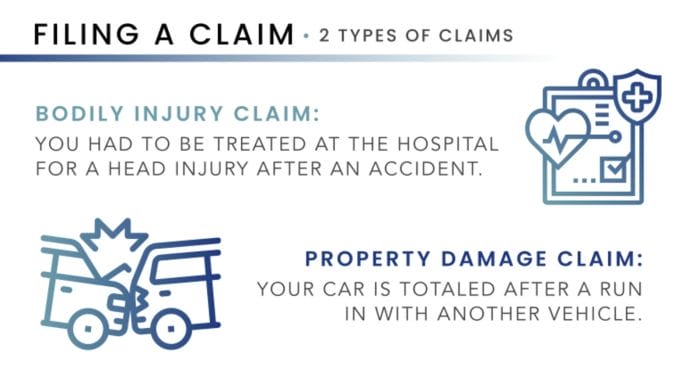
Assessing vehicle damage for auto insurance claims is crucial to ensure proper compensation for repairs or replacements. Documenting the damage thoroughly, including taking photos and obtaining repair estimates, is essential. The insurance company’s adjuster plays a vital role in assessing the damage and determining the claim payout.
Documenting Vehicle Damage
- Take clear and detailed photos of the damaged vehicle from various angles. Ensure the photos capture all visible damage, including close-ups of specific areas.
- Note the date, time, and location of the incident. If possible, obtain a police report or incident report.
- Keep all relevant receipts, invoices, and estimates related to the damage.
Obtaining Repair Estimates
- Obtain repair estimates from qualified and reputable auto repair shops. Provide the repair shops with detailed information about the damage, including photos and documentation.
- Compare the repair estimates to ensure they are fair and reasonable. Consider obtaining multiple estimates for a more accurate assessment.
Role of the Insurance Company’s Adjuster
- The insurance company’s adjuster will inspect the damaged vehicle to assess the extent of the damage and determine the appropriate claim payout.
- The adjuster may request additional information or documentation, such as the vehicle’s maintenance records or a copy of the driver’s license.
- The adjuster will work with the policyholder to determine the appropriate settlement amount based on the policy coverage and the extent of the damage.
Negotiating the Claim Settlement
Reaching a fair settlement for your auto insurance claim is crucial to ensure you receive appropriate compensation for your losses. The claim settlement amount is influenced by several factors, including the extent of vehicle damage, policy coverage limits, and applicable deductibles.
To negotiate a reasonable settlement, it’s essential to understand the details of your insurance policy, including coverage limits, benefits, and exclusions. Additionally, gathering evidence to support your claim, such as photos, repair estimates, and medical records, can strengthen your position during negotiations.
Assessing the Claim Settlement
Before initiating negotiations, thoroughly review the initial settlement offer provided by your insurance company. Consider the following factors when evaluating the offer:
- Vehicle Damage: Assess the extent of damage to your vehicle. Compare the repair estimates with the settlement offer to ensure it covers the necessary repairs.
- Policy Coverage: Understand the coverage limits and benefits Artikeld in your insurance policy. Determine if the settlement offer aligns with the coverage you purchased.
- Deductible: Consider the deductible amount specified in your policy. This is the portion of the claim you are responsible for paying before the insurance coverage takes effect.
- Additional Expenses: If the accident resulted in additional expenses, such as rental car fees or medical bills, ensure these costs are included in the settlement offer.
Negotiating with the Insurance Company
To negotiate a fair settlement, follow these strategies:
- Open Communication: Maintain open communication with your insurance company throughout the negotiation process. Clearly express your concerns and expectations.
- Provide Evidence: Submit comprehensive documentation to support your claim, including photos of the vehicle damage, repair estimates, and any relevant medical records.
- Research Comparable Settlements: Research similar cases and settlements to understand fair compensation for your claim.
- Consider Mediation: If negotiations reach an impasse, consider involving a mediator to facilitate a resolution.
Remember that the goal of negotiation is to reach a settlement that is fair and reasonable for both parties involved.
Repairing or Replacing Your Vehicle
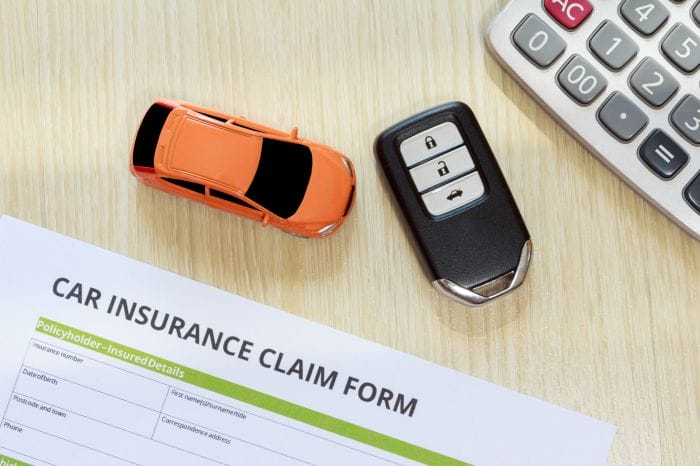
When your vehicle is damaged in an accident, you’ll need to decide whether to repair it or replace it. This decision depends on the extent of the damage, the cost of repairs, and the value of your vehicle.
Repairing Your Vehicle
If the damage to your vehicle is minor, it may be possible to repair it. This can be done through a reputable repair shop or dealership. When choosing a repair shop, consider the following factors:
- Recommendations: Ask friends, family, or your insurance company for recommendations.
- Experience: Make sure the repair shop has experience working on vehicles of your make and model.
- Warranty: Look for a repair shop that offers a warranty on its work.
- Cost: Get estimates from multiple repair shops before making a decision.
Once you’ve chosen a repair shop, you’ll need to file a claim with your insurance company. The insurance company will send an insurance claims agent to inspect the damage and determine how much it will cost to repair. If the cost of repairs exceeds the value of your vehicle, your insurance company may declare it a total loss and issue you a check for the actual cash value (ACV) of the vehicle.
Replacing Your Vehicle
If your vehicle is declared a total loss, you’ll need to decide whether to replace it with a new or used vehicle. If you decide to buy a new vehicle, you’ll need to factor in the cost of the vehicle, as well as any additional fees and taxes.
If you decide to buy a used vehicle, you’ll need to do your research to find a vehicle that is in good condition and has a reasonable price.Once you’ve decided on a replacement vehicle, you’ll need to file a claim with your insurance company.
The insurance company will send an insurance claims agent to inspect the vehicle and determine how much it will cost to replace it. The insurance company will then issue you a check for the ACV of your vehicle, minus any deductible.
Handling Total Loss Claims

In the unfortunate event that your vehicle is deemed a total loss due to an accident or other covered peril, understanding the process and your options for settling the claim is crucial. Total loss claims differ from repairable claims in that the cost of repairs exceeds the vehicle’s actual cash value (ACV) or if the vehicle is deemed unsafe to operate.
Determining Total Loss
The process of determining whether a vehicle is a total loss typically involves an assessment by an insurance adjuster. The adjuster will inspect the vehicle and evaluate the extent of damage, considering factors such as the severity of the damage, the cost of repairs, and the vehicle’s pre-accident condition.
If the cost of repairs is estimated to exceed the ACV or if the vehicle is deemed unsafe to operate, it will likely be declared a total loss.
Settlement Options
Upon determining that your vehicle is a total loss, you will have several options for settling the claim with your insurance company. These options may include:
- Cash Settlement: The insurance company will provide you with a cash payment equal to the ACV of your vehicle. This amount is determined based on the vehicle’s make, model, year, mileage, and condition prior to the accident.
- Replacement Vehicle: If you have comprehensive and collision coverage, your insurance company may offer to replace your totaled vehicle with a comparable new or used vehicle. The insurance company will typically provide you with a list of vehicles that meet the ACV of your totaled vehicle.
Filing an Appeal if Necessary
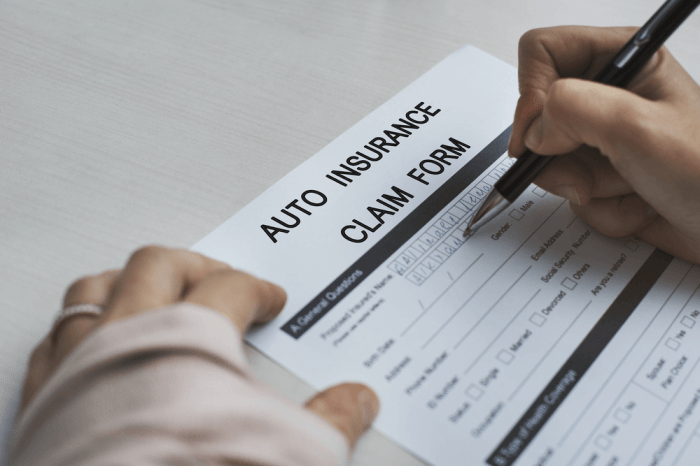
If you are dissatisfied with the claim settlement offered by your insurance company, you may need to file an appeal. This process typically involves submitting a written statement and supporting documentation to your insurance company. It is important to seek legal advice if necessary to ensure that your appeal is handled properly.
Submitting a Written Statement
Your written statement should clearly and concisely explain why you believe the claim settlement offered by your insurance company is inadequate. Be sure to include the following information:
- Your name and policy number
- The date and location of the accident
- A description of the damage to your vehicle
- The amount of the claim settlement offered by your insurance company
- The reasons why you believe the claim settlement is inadequate
Supporting Documentation
In addition to your written statement, you should also include supporting documentation to support your appeal. This may include:
- Photographs of the damage to your vehicle
- Estimates for repairs or replacement of your vehicle
- Medical records related to injuries sustained in the accident
- Police reports or other official documents related to the accident
Seeking Legal Advice
If you are unsure about how to file an appeal or if you are having difficulty reaching a settlement with your insurance company, it is important to seek legal advice. An attorney can help you to understand your rights and options and can represent you in negotiations with your insurance company.
Preventing Future Claims
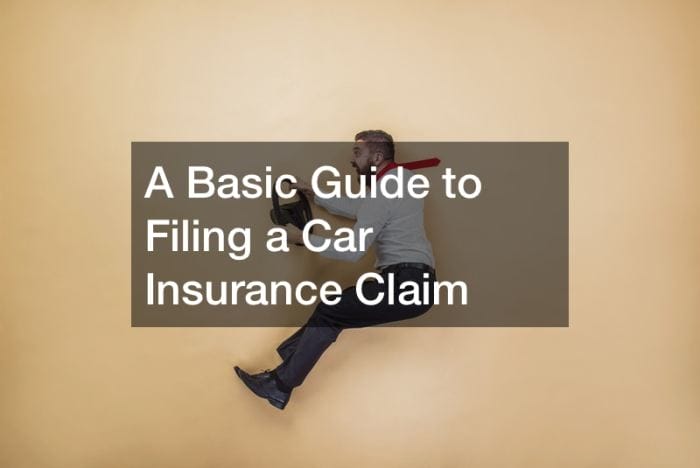
Preventing future auto insurance claims is crucial for maintaining a safe driving record and reducing insurance premiums. By adopting proactive measures, you can minimize the risk of accidents and protect yourself financially.
Here are some tips for preventing future auto insurance claims:
Practice Safe Driving Habits
- Obey Traffic Laws: Adhere to speed limits, stop signs, and traffic signals. Avoid reckless driving, such as speeding, tailgating, and running red lights.
- Eliminate Distractions: Avoid using mobile phones, texting, eating, or engaging in other distracting activities while driving. Keep your focus on the road.
- Be Defensive: Anticipate the actions of other drivers and be prepared to react to unexpected situations. Maintain a safe following distance and avoid aggressive driving.
- Drive Sober: Never operate a vehicle under the influence of alcohol or drugs. Driving while intoxicated is illegal and significantly increases the risk of accidents.
Maintain Your Vehicle Properly
- Regular Maintenance: Follow the manufacturer’s recommended maintenance schedule for your vehicle. This includes oil changes, tire rotations, brake inspections, and other routine maintenance tasks.
- Tire Safety: Ensure your tires have adequate tread depth and are properly inflated. Regularly check tire pressure and replace worn or damaged tires promptly.
- Vehicle Inspections: Have your vehicle inspected by a qualified mechanic periodically to identify and address any potential mechanical issues that could lead to accidents.
Install Safety Features
- Airbags: Ensure that your vehicle is equipped with airbags and that they are properly maintained.
- Anti-lock Braking System (ABS): ABS helps prevent wheels from locking during braking, allowing you to maintain control of your vehicle in slippery conditions.
- Electronic Stability Control (ESC): ESC helps prevent skidding by automatically applying brakes and adjusting engine power.
- Blind Spot Monitoring: This system alerts you to vehicles in your blind spots, helping you avoid potential collisions.
Review Your Insurance Policy Regularly
Periodically review your auto insurance policy to ensure that it provides adequate coverage for your needs. Consider factors such as your vehicle’s value, your driving habits, and any additional coverage options you may need.
Utilize Available Resources and Programs
Take advantage of resources and programs offered by your insurance company or local government that can help you reduce your risk of accidents. These may include:
- Defensive Driving Courses: These courses can teach you safe driving techniques and help you identify and avoid hazardous situations.
- Telematics Programs: Some insurance companies offer telematics programs that monitor your driving behavior and provide feedback to help you improve your driving habits.
- Vehicle Safety Ratings: Research the safety ratings of different vehicles before purchasing a new or used car. Vehicles with higher safety ratings are less likely to be involved in accidents.
By following these tips, you can significantly reduce your risk of auto insurance claims, ensuring a safer driving experience and potentially lowering your insurance premiums.
Final Conclusion
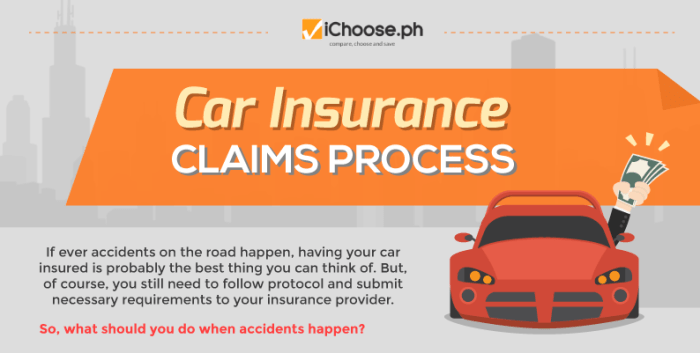
Remember, filing an auto insurance claim is not just about getting your car fixed or replaced. It’s about ensuring that you receive the compensation you deserve and that your rights as a policyholder are protected. By following the tips and advice Artikeld in this guide, you can increase your chances of a favorable outcome and minimize the stress associated with the claims process.
FAQ
Question: What are some common mistakes to avoid when filing an auto insurance claim?
Answer: Failing to report the claim promptly, not gathering sufficient evidence, providing inaccurate or incomplete information, and negotiating a settlement without fully understanding your policy coverage are common pitfalls to avoid.
Question: How can I ensure a fair and reasonable settlement?
Answer: Keep detailed records of all expenses related to the accident, including medical bills, repair estimates, and rental car costs. Document all communications with your insurance company and be prepared to negotiate to ensure you receive a settlement that covers all your losses.
Question: What should I do if I disagree with the settlement offer from my insurance company?
Answer: If you are dissatisfied with the settlement offer, you have the right to file an appeal. Contact your insurance company and request a review of the claim. If necessary, you can seek legal advice to assist you in the appeals process.



